Summer Break
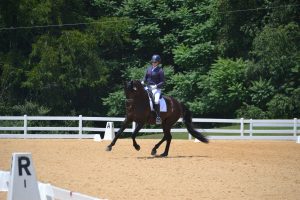 Last weekend we attended our last show of our summer season. The competition season here in Virginia starts in April, revs up through May and June and culminates in one big show mid-July, after which it gets beastly hot and unpleasant, and it’s terrific to be able to give the horses the rest of July and all of August to basically flop around and have a breather.
Last weekend we attended our last show of our summer season. The competition season here in Virginia starts in April, revs up through May and June and culminates in one big show mid-July, after which it gets beastly hot and unpleasant, and it’s terrific to be able to give the horses the rest of July and all of August to basically flop around and have a breather.
I also taught my last get-on-a-plane clinic for a while, which means that other than a few events on the farm, and a one-day show about 15 miles from my farm, I get to be HOME, with a NORMAL SCHEDULE, until September.
This. Is. Awesome.
Read the rest at The Chronicle of the Horse!
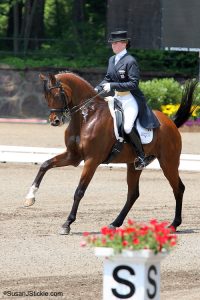 Summer has hit us like a freight train, with heat indexes over 100* and high humidity here in Virginia. Summer is long and unrelenting here in the South, so it’s acclimate or don’t ride. Of course on the really hot days we use good sense and will adjust our riding plan accordingly, but my team and I have a few tricks up our sleeves to keep our horses—and ourselves!—happy and healthy when the weather gets hot.
Summer has hit us like a freight train, with heat indexes over 100* and high humidity here in Virginia. Summer is long and unrelenting here in the South, so it’s acclimate or don’t ride. Of course on the really hot days we use good sense and will adjust our riding plan accordingly, but my team and I have a few tricks up our sleeves to keep our horses—and ourselves!—happy and healthy when the weather gets hot.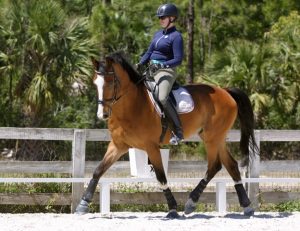 The Mayo Clinic is one of the finest hospitals in the world and uses a creative approach to patient care: each patient has a team of specialists to treat not only the patient’s primary condition but also to use diet, exercise, wellness, alternative therapies and more together to support a patient’s whole health. Each patient has a team, and that team sees a problem through their own unique lens.
The Mayo Clinic is one of the finest hospitals in the world and uses a creative approach to patient care: each patient has a team of specialists to treat not only the patient’s primary condition but also to use diet, exercise, wellness, alternative therapies and more together to support a patient’s whole health. Each patient has a team, and that team sees a problem through their own unique lens.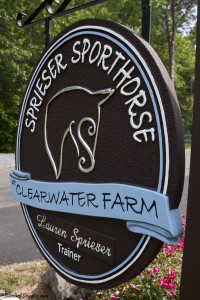 It’s been more than 500 entries and almost nine years since I started this blog. I think I had about 12 readers in the beginning; the last one logged more than 150,000 views in just a few days. That is AMAZING. I am so touched!
It’s been more than 500 entries and almost nine years since I started this blog. I think I had about 12 readers in the beginning; the last one logged more than 150,000 views in just a few days. That is AMAZING. I am so touched!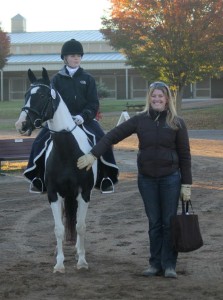 Parents, let your daughters grow up to be horse girls.
Parents, let your daughters grow up to be horse girls.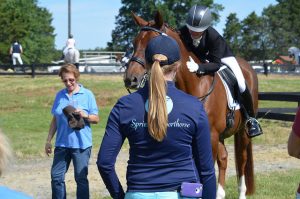 Unless you’ve done the winter circuits in Florida or California, you’re probably thinking about your first show of the season. And for many of you amateur riders, this might be your first show season ever. As I watch my own students make their plans for the year, I wanted to share some musings on showing from the trainer’s perspective—mistakes I see riders make, both in and out of the ring, that make their lives so much harder and shows so much less fun.
Unless you’ve done the winter circuits in Florida or California, you’re probably thinking about your first show of the season. And for many of you amateur riders, this might be your first show season ever. As I watch my own students make their plans for the year, I wanted to share some musings on showing from the trainer’s perspective—mistakes I see riders make, both in and out of the ring, that make their lives so much harder and shows so much less fun.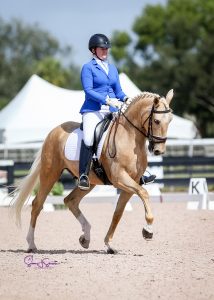 We’re down to the last few weeks in Florida, and my horses are humming along. The best thing is that nothing interesting is happening with any of them, and that’s more than could be said for really the last 10 months! It’s business as usual, and I love it.
We’re down to the last few weeks in Florida, and my horses are humming along. The best thing is that nothing interesting is happening with any of them, and that’s more than could be said for really the last 10 months! It’s business as usual, and I love it.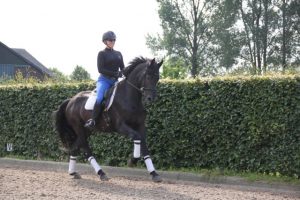
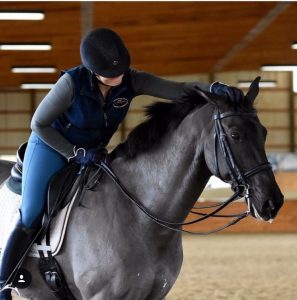 After nine months of rest, rehab, surgery and lots of anxiety, Danny took a big step forward in his return to work—he was cleared to go back under saddle! He’ll walk for four weeks, to build up the topline muscle that disappeared post-colic surgery, before we begin trotting and cantering as rehab from the leg injury he sustained last spring.
After nine months of rest, rehab, surgery and lots of anxiety, Danny took a big step forward in his return to work—he was cleared to go back under saddle! He’ll walk for four weeks, to build up the topline muscle that disappeared post-colic surgery, before we begin trotting and cantering as rehab from the leg injury he sustained last spring.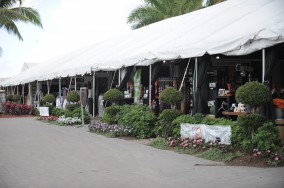 The horses have settled into Florida, and we’re up and running. I have four amateur clients with me, with competition ambitions from training level to Grand Prix. Puck is working beautifully, day by day wrapping his head around the fact that my leg ain’t goin’ nowhere and accepting this as his lot in life. Danny is back under saddle, spending a month walking to rebuild muscle, as well as walking 30 minutes, four days a week on the super-cool water treadmill. Life is getting back to normal.
The horses have settled into Florida, and we’re up and running. I have four amateur clients with me, with competition ambitions from training level to Grand Prix. Puck is working beautifully, day by day wrapping his head around the fact that my leg ain’t goin’ nowhere and accepting this as his lot in life. Danny is back under saddle, spending a month walking to rebuild muscle, as well as walking 30 minutes, four days a week on the super-cool water treadmill. Life is getting back to normal.